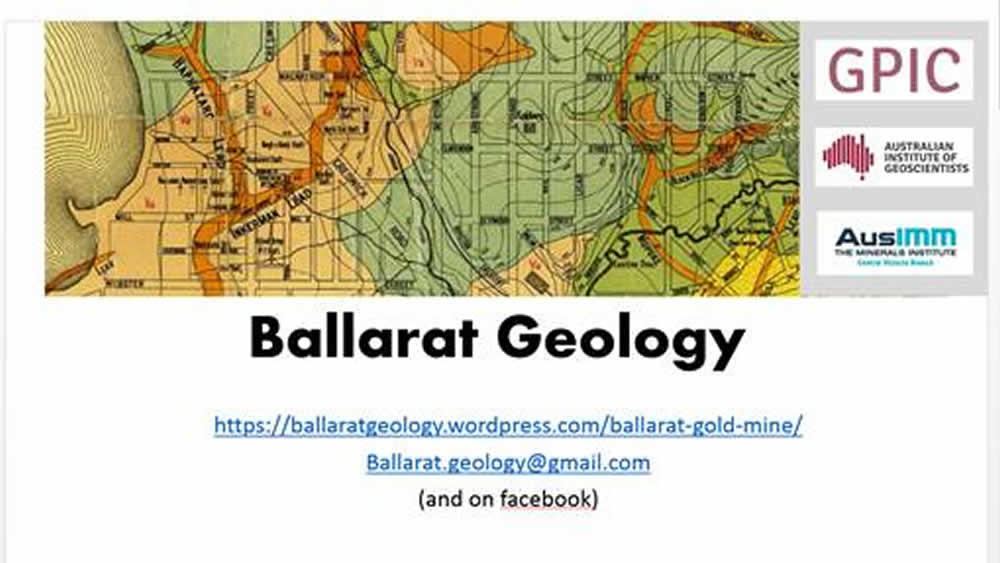| |

David Taylor
Senior Geologist, Geological Survey of Victoria.
15 March 2018
7.30pm
Mallow Hotel
Upstairs at the Mallow Hotel. 20 Skipton St, Ballarat.
David Taylor has worked at the Geological Survey of Victoria for over 25 years. Much of that time was spent doing the new regional geological mapping that now covers much of the Victorian bedrock. In the last few years, he was the Victorian lead on a dedicated project looking at geothermal energy potential for Victoria and he also coordinated with other agencies on the collection of regional scale Magneto-telluric (electrical) data, with these projects adding new and diverse data layers for better understanding the geological architecture of Victoria.
The Geological Survey of Victoria began a new generation of geological mapping across the Palaeozoic bedrock in the early 1990s. This new generation classical geological field mapping included detailed structural geology work and increasingly more sophisticated geochronology and isotopic data to support understanding the space and time distribution of Victoria’s geology. From this new work, the geological evolution of the Victorian geology and its ore deposits is being better understood. In the last few years, a broadening of datasets collection has included deep crustal seismic transects, regional magneto-telluric and geothermal heat flow surveys that extend the ‘mapping’ down into the crust and even the underlying mantle. Whilst the last 2 datasets of heat flow and MT are a little less traditional, they never-the-less now have sufficient data density to also start providing insight into the regional geology.
As part of an appraisal for geothermal energy potential, the historic dataset of 10 precision heat flow data points was massively expanded to 182 data points. Heat flow is estimated by taking precision temperature geothermal gradient logs from moderately deep bore holes (to get away from surface climate effects) to determine the amount of natural geologically generated heat propagating upwards through the crust.. The massively increased data density allows a robust geothermal heat flow map image to be created by gridding and modelling of all the new point data – the new image shows the fundamental Tasman Line boundary in western Victoria that separates the extended Proterozoic basement in the west from the Cambrian oceanic subduction systems to the east, suggests some heat still associated with the Newer Volcanic Activity and possibly also outlines the Selwyn Block margins?
Magneto-tellurics data was collected in a broad grid right across Victoria as part the GeoScience Australia led AusLamp project. Several more detailed transects within the grid where collected in collaboration with University of Adelaide research projects. Again, the density of this new data allows a robust image of the electrical conductivity structure of Victoria to be revealed for the first time. The limited previous data has suggested that conductive anomalies were associated with Newer Volcanic activity but in a great surprise, the anomalies instead show spatial association with the Devonian granites of the Lachlan Fold Belt, though the exact reasons for this are still being considered